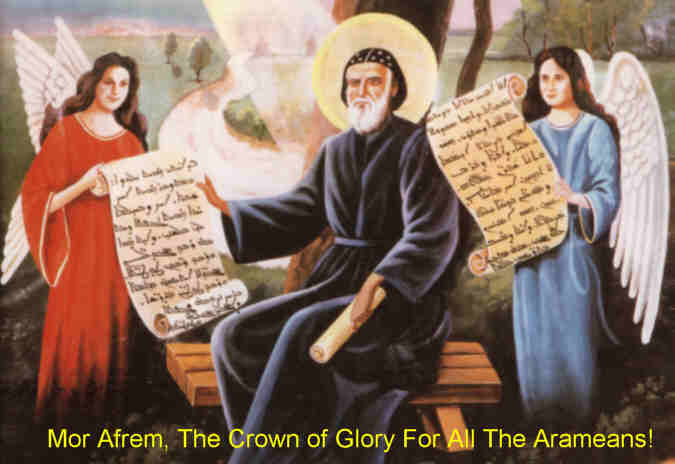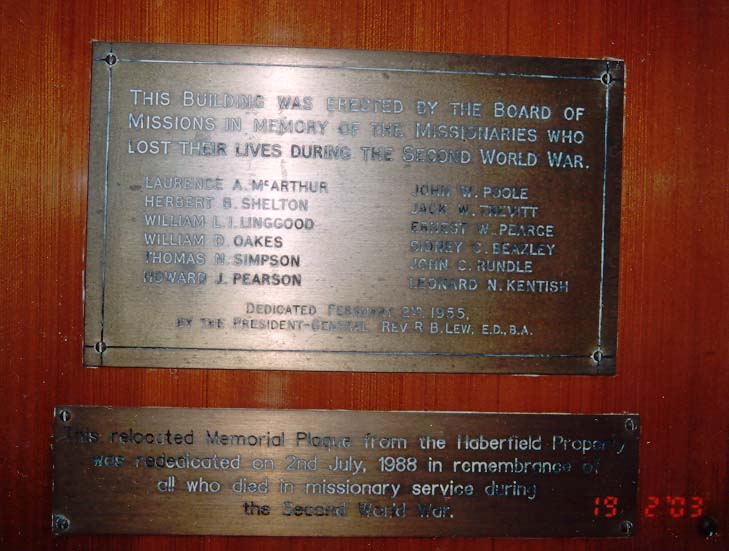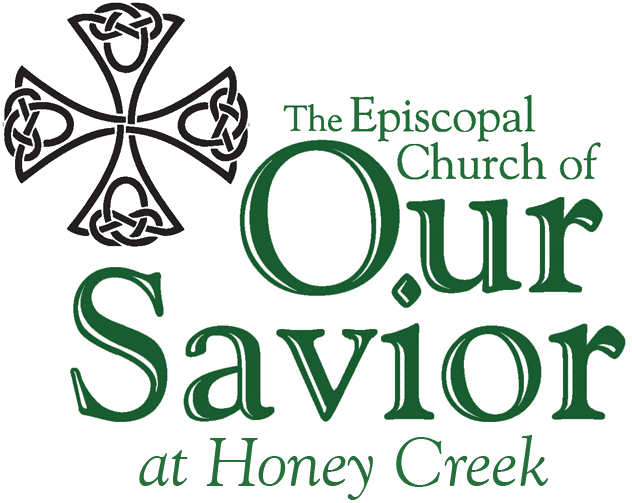Here is what one of my old textbooks says about it:
From the earliest times, the Eucharist has been a public and not a private affair, the assembly of the people of God and not the private devotion of a series of individuals. In the epistle to the Hebrews (10.25), Christians are warned not to 'forsake the assembling of (themselves) together'. The account of the Eucharist at Corinth (1 Cor. 11.17ff) clearly envisages a corporate act of the local church. . . .
The early church Fathers [the generation of leaders after the Apostles] encouraged Christians to assemble more frequently to 'give thanks.' . . . For many of the Fathers, the eucharistic assembly is thus an image of the Church, the people of God assembled with their Head [Jesus] both receiving and awaiting their final redemption. Hence it is but natural that disunity among Christians (the formation of parties or sects) should have as one of its first signs the establishment of a separate altar with a separate bishop and that the reunion of Christians after schism (or with due penance performed after lapsing) should be symbolized by the invitation to share in one another's Eucharist or, in the case of the penitents, to return to the sacraments.
The Study of Liturgy, page 246.
At the Episcopal Church of Our Savior at Honey Creek, we will highly value our worship experience together. We will start with Wednesday night Eucharists (Communion) and continue the Wednesday night services when we begin Sunday services a few weeks hence.
In peace,
Linda+
The Rev. Linda McCloud
Founding Pastor
The Episcopal Church of Our Savior at Honey Creek
http://www.oursaviorhoneycreek.org/
http://oursaviorhoneycreek.blogspot.com/














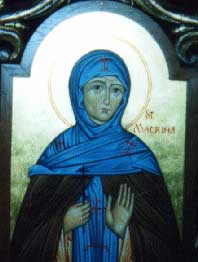








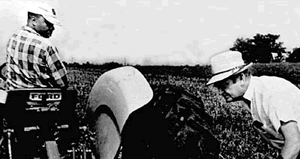
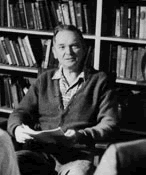 Clarence was also known for his humor. Once when he was being given a tour of a new church building, the pastor pointed to the cross on the steeple. The pastor said something like, "That cross alone cost $10,000." Clarence said, "You got cheated. Times were when Christians could get them for free."
Clarence was also known for his humor. Once when he was being given a tour of a new church building, the pastor pointed to the cross on the steeple. The pastor said something like, "That cross alone cost $10,000." Clarence said, "You got cheated. Times were when Christians could get them for free."


